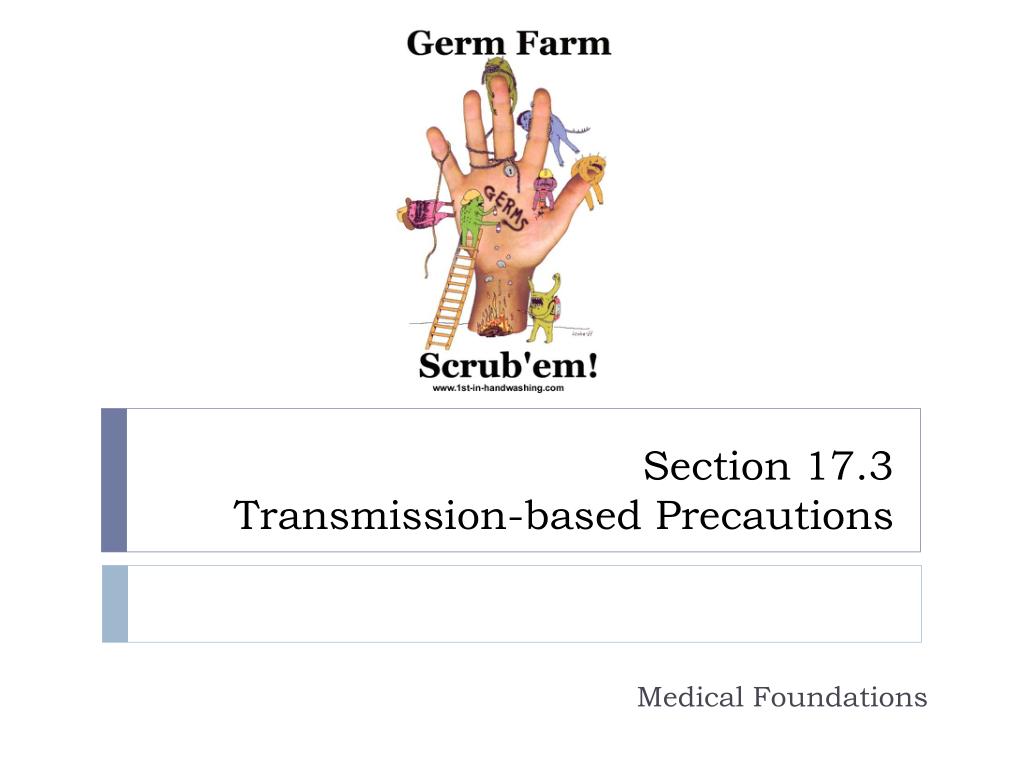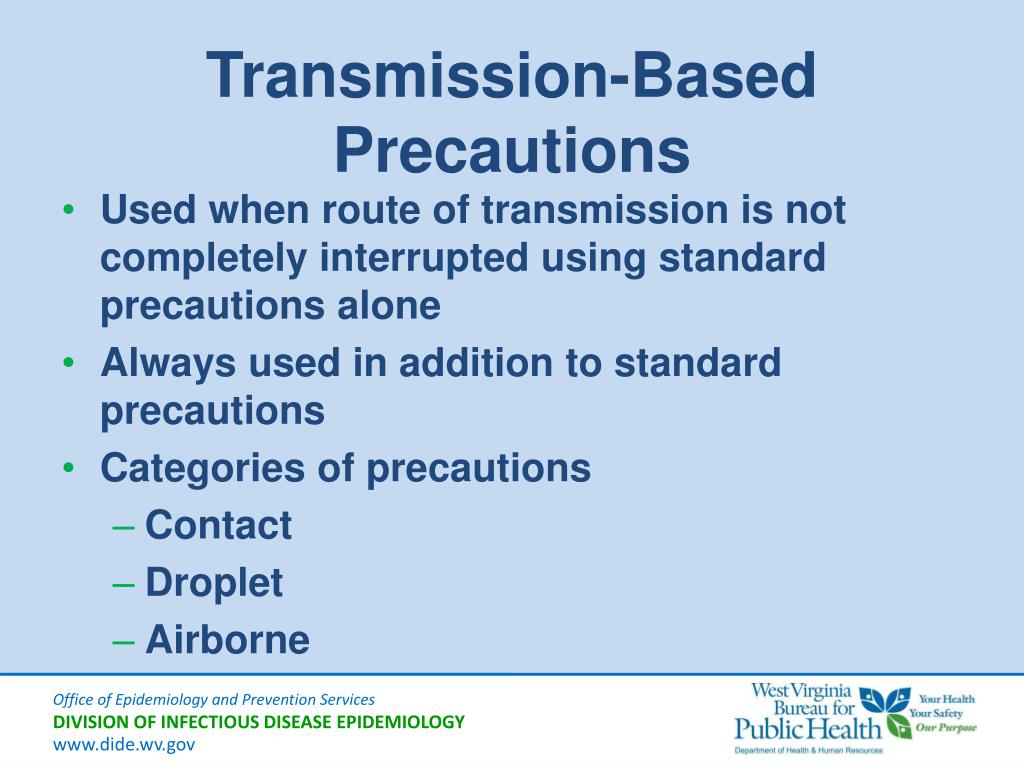


The lead author and the medical librarian also identified relevant guidelines from government agencies, professional organizations, and standards-setting bodies. The lead author requested additional articles that either did not fit the original search criteria or were discovered during the evidence appraisal process. Results from these alerts were provided to the lead author until April 2018. At the time of the initial search, weekly alerts were created on the topics included in that search. The search was limited to literature published in English from 2012 through 2018. These topics are addressed in other AORN guidelines, and although they are mentioned briefly where applicable (eg, standard precautions), the broader discussions are outside the scope of this document.Ī medical librarian with a perioperative nursing background conducted a systematic search of the databases Ovid MEDLINE®, EBSCO CINAHL®, Scopus®, and the Cochrane Database of Systematic Reviews. Prevention of pathogen transmission is a priority in the perioperative environment and includes considerations for hand hygiene, environmental cleaning, sharps safety, safe injection practices, surgical attire, sterile technique, and surgical smoke safety. Guidance for prevention of surgical site infections, catheter-associated urinary tract infections, intravascular catheter-related infections, and ventilator-associated events is outside the scope of this document.

The reader should refer to the Centers for Disease Control and Prevention (CDC) when seeking the most current information for pathogen-specific guidance, especially during an outbreak when guidance for PPE use and transmission-based precautions may change rapidly. Additional guidance is provided for personal protective equipment (PPE) bloodborne pathogens immunization and activities of health care workers with infections, exudative lesions, and nonintact skin. This document provides guidance to perioperative RNs for implementing standard precautions and transmission-based precautions (ie, contact, droplet, airborne) to prevent pathogen transmission in the perioperative practice setting. Three principal elements are required for an infection to occur:Ī susceptible host with a portal of entry to receive the infectious agent, and The prevention and control of multidrug-resistant organisms requires that all health care organizations implement, evaluate, and adjust efforts to decrease the risk of transmission. Protecting patients and personnel from transmission of potentially infectious agents continues to be a primary focus for perioperative registered nurses (RNs). The rapidly changing health care environment presents perioperative personnel with continual challenges in the form of newly recognized pathogens and well-known microorganisms that have become more resistant to today’s therapeutic modalities.


 0 kommentar(er)
0 kommentar(er)
